Focus on Sustainable Practices
The growing emphasis on sustainability is a significant driver for the Nitrogen Oxide Control System Market. Companies are increasingly recognizing the importance of adopting sustainable practices to enhance their corporate social responsibility profiles. This shift is evident in various sectors, including transportation, power generation, and manufacturing, where organizations are investing in nitrogen oxide control systems to minimize their environmental impact. According to recent data, the market for nitrogen oxide control technologies is projected to grow at a compound annual growth rate (CAGR) of approximately 6% over the next few years. This growth is fueled by the need for industries to transition towards greener operations. As sustainability becomes a core business strategy, the Nitrogen Oxide Control System Market is expected to thrive, driven by the demand for innovative solutions that align with environmental goals.
Rising Urbanization and Industrialization
The rapid pace of urbanization and industrialization is a key driver for the Nitrogen Oxide Control System Market. As populations in urban areas continue to grow, the demand for energy, transportation, and industrial activities increases, leading to higher nitrogen oxide emissions. This trend necessitates the implementation of effective control systems to mitigate pollution levels. In many regions, urban centers are experiencing significant air quality challenges, prompting governments and industries to prioritize the adoption of nitrogen oxide control technologies. The market is likely to expand as cities implement stricter air quality regulations and invest in infrastructure to support cleaner technologies. Consequently, the Nitrogen Oxide Control System Market is positioned to benefit from the ongoing urbanization and industrial growth, as stakeholders seek solutions to address the environmental impacts of increased nitrogen oxide emissions.
Technological Advancements and Integration
Technological innovation plays a crucial role in shaping the Nitrogen Oxide Control System Market. The development of advanced control technologies, such as selective catalytic reduction (SCR) and non-selective catalytic reduction (NSCR), enhances the efficiency of nitrogen oxide reduction processes. These technologies not only improve performance but also reduce operational costs, making them attractive to industries aiming for cost-effective compliance. Moreover, the integration of digital solutions, such as real-time monitoring and predictive maintenance, is becoming increasingly prevalent. These advancements allow for better management of nitrogen oxide emissions and optimize system performance. As industries adopt these cutting-edge technologies, the Nitrogen Oxide Control System Market is likely to witness significant growth, driven by the demand for more efficient and reliable emission control solutions.
Economic Growth and Infrastructure Development
Economic growth and infrastructure development are pivotal drivers for the Nitrogen Oxide Control System Market. As economies expand, there is a corresponding increase in energy consumption and industrial output, which often leads to elevated nitrogen oxide emissions. Governments and private sectors are investing heavily in infrastructure projects, including transportation networks and power plants, which necessitate the implementation of effective nitrogen oxide control systems. This investment is further supported by funding initiatives aimed at promoting cleaner technologies. The market is projected to benefit from these developments, as industries seek to comply with environmental regulations while meeting the demands of a growing economy. The Nitrogen Oxide Control System Market is thus likely to experience robust growth, driven by the dual forces of economic expansion and the need for sustainable infrastructure solutions.
Regulatory Compliance and Environmental Awareness
The increasing stringency of environmental regulations is a primary driver for the Nitrogen Oxide Control System Market. Governments worldwide are implementing stricter emissions standards to combat air pollution and its associated health risks. For instance, regulations such as the National Ambient Air Quality Standards (NAAQS) in the United States mandate reductions in nitrogen oxide emissions from various sources, including industrial facilities and vehicles. This regulatory landscape compels industries to adopt advanced nitrogen oxide control systems to ensure compliance, thereby driving market growth. Furthermore, public awareness regarding environmental issues is rising, prompting companies to invest in cleaner technologies. The Nitrogen Oxide Control System Market is thus positioned to expand as businesses seek to align with both regulatory requirements and consumer expectations for sustainable practices.


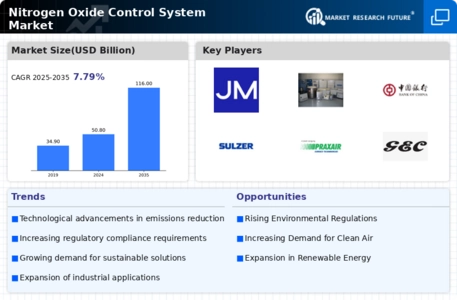
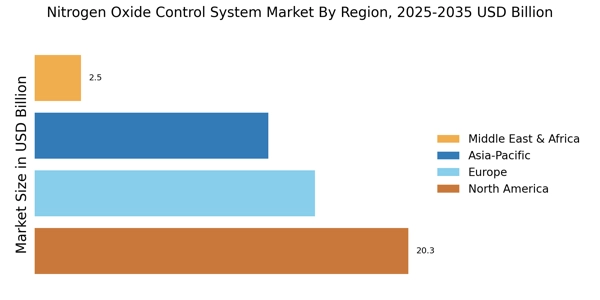
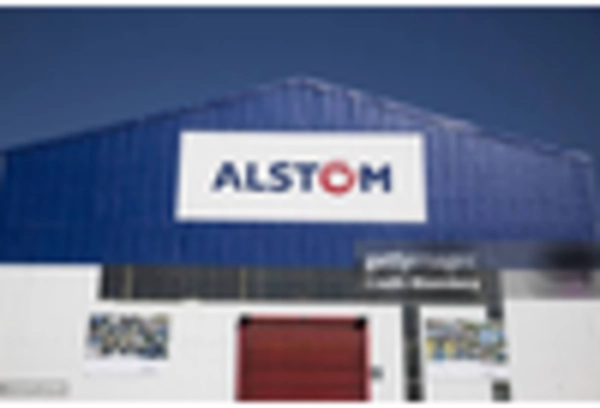
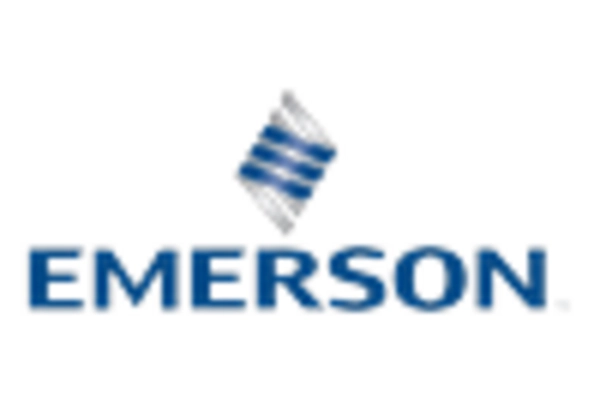


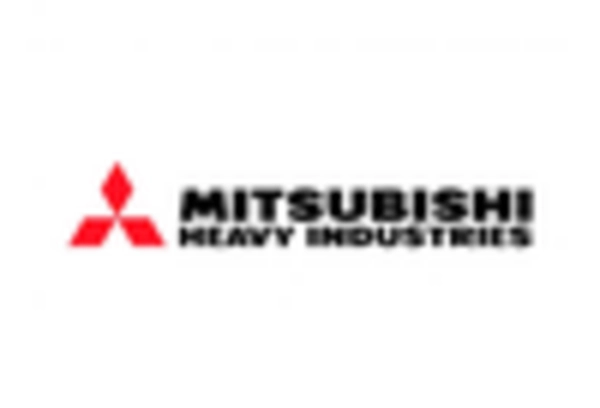









Leave a Comment